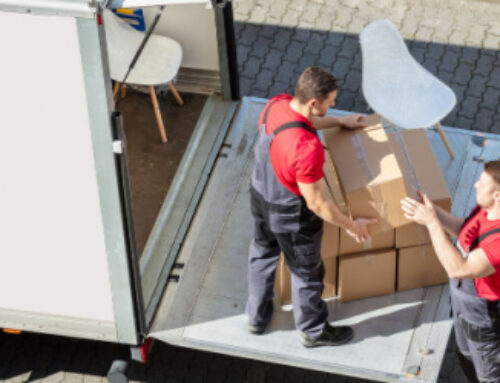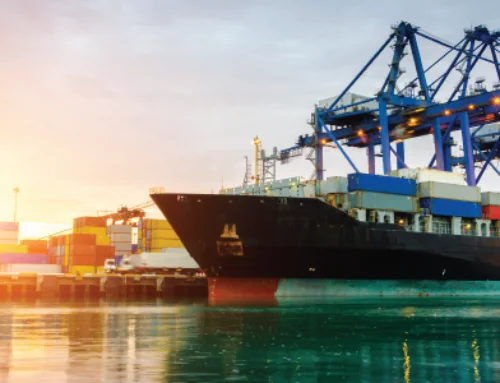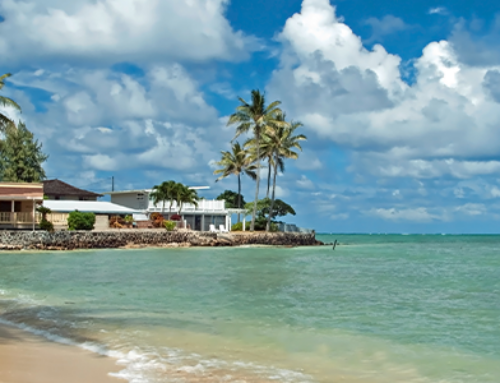Last edited: 7/13/2021
Thousands of people move to Hawaii every year. Although it’s a more complex transition than a relocation on the mainland, moving to Hawaii offers plentiful rewards: beautiful weather year-round, easy access to miles of gorgeous white sand beaches, abundant outdoor activities, and, of course, Hawaii’s unique aloha spirit that infuses the local culture.
However, living on a tropical island in the middle of the Pacific Ocean isn’t for everyone. Although the Hawaiian Islands have plenty to offer its residents, there are also trade-offs to living on an isolated archipelago. Additionally, what might be right for one family may feel wrong to another.
To help you decide whether you should move to Hawaii, we’ll give you:
- A quick tour through what makes these islands different from the mainland.
- A few tips for choosing the right island for you.
- One simple strategy to help you avoid making the wrong move, one that could cost you thousands.
Let’s start by understanding how Hawaii life is different than mainland life.
What Makes Hawaii Different? 6 Areas to Consider

Living in Hawaii gives you the opportunity to live in a literal tropical paradise. It really is the kind of place where you can throw an avocado pit out the window and find that it’s grown into a tree all on its own. Plus, if you’re into watersports, Hawaii can be your playground. Snorkeling, scuba diving, surfing, foiling, windsurfing, kitesurfing, traditional canoe paddling, stand-up paddling, sailing—you’ll find it all in Hawaii. And don’t forget about those postcard-perfect beaches!
That being said, living in Hawaii is different than living on the Mainland.
Although we could probably talk about the differences all day, we’ve boiled it down to six categories, ones that usually affect new residents the most. Consider these items carefully before making the move from the Mainland.
#1: High Housing & Utility Costs
Although property taxes are among the lowest in the U.S.,i the cost of housing in Hawaii can be high. (Keep in mind that prices vary from island to island!)
- Zillow reports the typical home price in Hawaii is $ 689,945. That’s significantly higher than the $285,579 price tag you’ll find in Chicago, IL or the $286,066 typical cost in Tampa, FL. However, Hawaii’s typical home price is still lower than that in San Diego, which clocks in at $754,901
- Zillow’s Observed Rent Index puts the typical observed market-rate rent in Urban Honolulu at $2,164 at the start of 2021.iii That said, rents can vary widely based on the type of home you choose, as well as the island you live on. HomeSnacks reports that the average rent in Hilo on the Big Island sits at $1,045, while it’s around $1,389 in Kapaa, Kauai. If you live in Kula on Maui, rents average $1,432/month but they go all the way up to $1,912 in Haiku. Keep in mind that there are still deals to be had. However, it may take a little more searching and networking to land the right spot.
You’ll also find that Hawaii residents pay a lot for utilities. According to the U.S. Energy Information Administration, the retail price for energy in Hawaii is 28.72 cents/kWh, the highest in the U.S. As a result, many residents have turned to solar energy to power their homes and their cars. (You’ll see a lot of hybrid cars in the Hawaiian Islands!)
#2: Jobs & Wages
Job availability varies from island to island, with Oahu most often leading the pack in job openings. Although the cost of living in Hawaii is high, the median wage in the Hawaiian Islands has been ranked as the 10th highest in the nation. To give you a sense of how the mean and median wages in Hawaii rank with the national averages, take a look at the following stats:
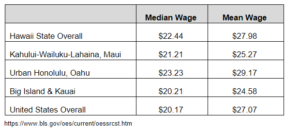
Wage stats
Tourism remains far and away Hawaii’s biggest industry. Be prepared to look for a job in hospitality or one of its related industries, like retail. Healthcare, construction, and education also employ many Hawaii residents. If you’re not bringing your job with you, you may find employment in one of those fields.
#3: Your Grocery Budget
Almost all the agricultural products in Hawaii are imported, which means your grocery bill will be higher than you’re used to on the mainland. In fact, a report from the Missouri Economic Research and Information Center ranked Hawaii’s groceries the most expensive in the nation. However, the more you can take advantage of the available local produce, the cheaper your grocery bill will be.
#4: The Quality of Education
Hawaii ranks 39th in education in the United States, despite a per-pupil spending of $11,823, which is $2,500 more per pupil than California.
If you’re bringing your family, consider whether you’ll take advantage of Hawaii’s public-school systems or put your children in private school. Your decision will strongly impact your family’s budget. To get started, you can do some research on Hawaii’s statewide public school district website, as well as investigate your options for private schools. If you’re thinking about homeschooling, check out the Hawaii public school guide to homeschooling.
#5: Distance from Friends and Family
Hawaii’s isolation in the Pacific has given it a unique ecosystem with flora and fauna you won’t find anywhere else. However, this distance means that you’ll have to invest more time and money to visit your friends and family.
The cost of tickets to Hawaii can be much more expensive than flying between states on the mainland. Stay flexible on your dates and use tools like Kayak, Google Flights and Hopper to find good deals. So if you’re leaving friends and family when you move to Hawaii, make sure you budget the cost and time to stay in close touch.
#6: Bringing Your Pets
Recent updates to quarantine procedures have made it easier than ever to bring your pet to Hawaii. That said, there are a few types of pets that aren’t allowed in the Aloha State, including wolf-dog crossbreeds, snakes, porcupines, hamsters, geckos, and more. Make sure you check with the Plant Industry Division if you have questions to ensure that your whole family—pets included—can make the move. (And check out our complete guide to moving your dogs, cats, and other pets to Hawaii!)
Once you give your Hawaii move the green light, your next step will be to pick the island you want to call home.
What’s the Right Hawaiian Island for You?

There are six inhabited Hawaiian Islands, with the majority population living on the four larger islands: Oahu, Maui, Hawaii (a.k.a. the Big Island), and Kauai. Molokai and Lanai are much smaller and much less populated.
Each island has its own particular vibe. So how do you know which one is right for you? To help you find the right island for you, we’ll give you a run down in our article: “What’s the Best Hawaiian Island to Live on, and Why?”
You’ll discover the features that make each island unique so you can pick the one that suits you best. However, the best way to know is to go. That’s why we recommend you . . .
Spend Some Time in Hawaii
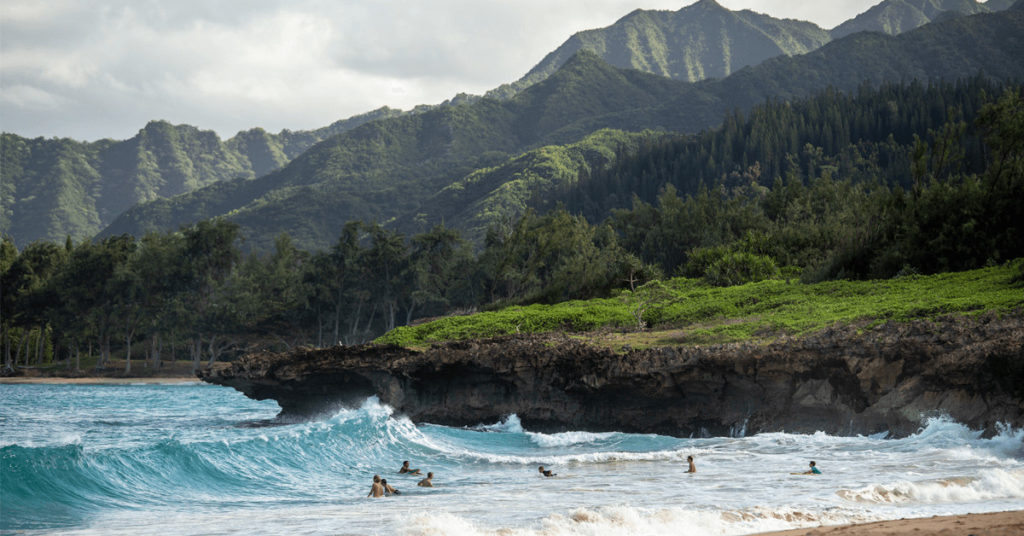
When you’re moving to a place that’s radically different from your current one, it’s smart to test it out before packing all your possessions into a container. We recommend you come out to your Hawaiian island of choice for a few weeks, or even a month, and do a trial run.
The most important part of this trip is to live like a local. Get a condo with a kitchen, rent a car, and see what it’s like to live in Hawaii. Of course, feel free to enjoy all the wonderful things you enjoyed as a tourist, but also make sure to:
- Get a place with a kitchen, go grocery shopping, and cook a few meals.
- Drive around during rush hour so you know what day-to-day life is like.
- Go to the bank and talk to someone about opening an account.
- If you have children, make some time to visit the schools they might attend.
- Look at apartments so you have an idea of what’s available and how much they will cost.
- Look at cars so you can decide whether to ship your car to Hawaii or buy on island.
- Use the opportunity to take a local flight to your second-choice island, just to see if the vibe suits you better. (With Hawaiian, Southwest and Mokulele offering inter-island flights, it’s easy to island hop, even at the last minute!)
Once you get into the rhythm of local living, you’ll know pretty quickly whether Hawaii life is for you. And if you realize that the Hawaii of your dreams isn’t the Hawaii of your reality, your test run can save you thousands of dollars in moving costs.
Should You Move to Hawaii?
At the end of the day, moving to Hawaii is a personal decision for you and any family members you decide to bring along with you. Weigh the options, investigate the right island for you, and, most importantly, come for a longer stay so you can experience island life as a local. If you find it’s right for you, e komo mai! (Welcome!)
Moving to Hawaii? If you’re ready to make the leap, we’re happy to help. Whether you’re moving from the mainland or moving between islands, we have locations on Oahu, Maui, Kauai, and the Big Island to help you make an easy transition. Just get in touch with us. We’ll arrange for an in-person survey with a Certified Moving Consultant to get you an accurate quote.

